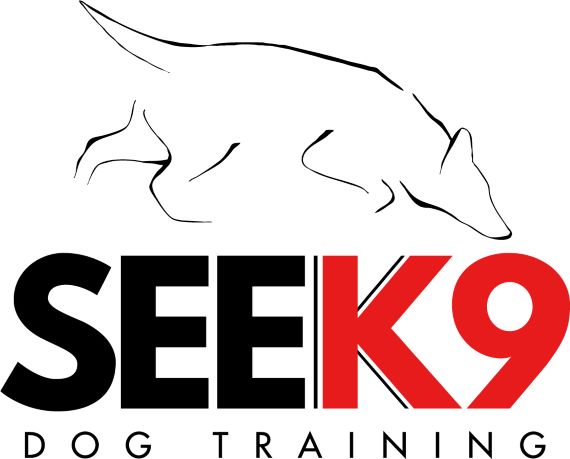
Rewards
A reward is something tangible that you give the dog in response to a behavior. Anything can be a reward but in order for it to be a reinforcing reward, it must be something the dog desires and will work for. Reinforcers are relative and unique to each dog; these can change with training and time. Your dog’s response to the reinforcement presented can guide you in determining the quality of the reinforcer. The amount and quality of a reinforcer has a direct effect on whether or not a behavior will be repeated.
Ratio Schedules
A Ratio Schedule is a rule that determines how and when you will reward a response or behavior from the dog. This is dependent on the individual dog as well as the current stage of learning. When initially training, it is important to build up an expectation for reinforcement as a positive consequence of working with you. As your dog learns to positively associate interactions and working with you, you can begin to vary your Reinforcement Schedules and reinforce less frequently. Keep in mind, when varying your reinforcement schedules, you will never reach a point where the dog is no longer reinforced for desired behaviors.
Fixed Ratio (FR)
There is a fixed ratio between the number of behaviors performed and number of rewards earned. For example, if the dog is on a FR schedule he will receive one reward for 3 correct behaviors and two rewards for 6 correct behaviors. Rewarding a dog after every correct response is also a fixed ratio schedule. When teaching a new behavior or working in a new environment, a fixed ratio schedule is best to keep the dog highly motivated and clear on what we are trying to teach.
Variable Ratio (VR)
The number of behaviors required for each reinforcer varies from one instance to the next. The dog may not be reinforced after every correct response, but reinforced randomly to build hope while in behavior. A dog on a Variable Ratio will respond at a high, steady rate with minimal pauses after a reinforcement.
Accidental Reinforcements
When training a dog, any behavior that is reinforced will be repeated. Some behaviors can persist if they are accidentally reinforced enough times to become a conditioned behavior. A common example is when people pet dogs that jump, this leads the dog to continually jump to receive the reinforcement of pets. Be sure to be aware of accidental patterns that may be present when training.
Herrnsteins’ Matching Law
In his “Matching” “Law”, Herrnstein discusses the confusion faced by most dogs when their Reinforcement Schedules are changed from continuous to differentiated reinforcement. This is similar to a bank account, each time we reinforce our dog can be considered a deposit into the account. Every behavior performed by our dog without tangible reinforcement would be considered a withdrawal. So while it is ok to decrease the frequency of reinforcement given, by eliminating reinforcement altogether you would bring your account into the negatives causing your dog to no longer do the desired behaviors.
Premack Principle - Life Rewards
This theory of reinforcement was presented in the 1960’s by David Premack. The idea he developed was that the opportunity to engage in specific behaviors (life activities) could be used as, and serve as reinforcers. Simply put, a not so desirable behavior (from the dog’s perspective) can be reinforced by a desirable activity. To be effective, the dog’s motivational state must be taken highly into consideration. Activities that the dog intrinsically enjoys and his level of deprivation will make a difference if a particular activity will be reinforcing or not. A dog that has been deprived of exercise and play will work much harder for physical play; a dog that has not had food or water yet for the day will work harder for food and water etc. A common example is having a dog sit before they are allowed to be pet by someone. The dog does not intrinsically enjoy holding a boring sit, however they love to be pet. When we have the dog sit before being pet, we reinforce going into a sit when meeting people because it precedes the reinforcement of being pet.

Pingback: 3 Essential Components To Train Any Dog - Seek K-9 Dog Training Academy